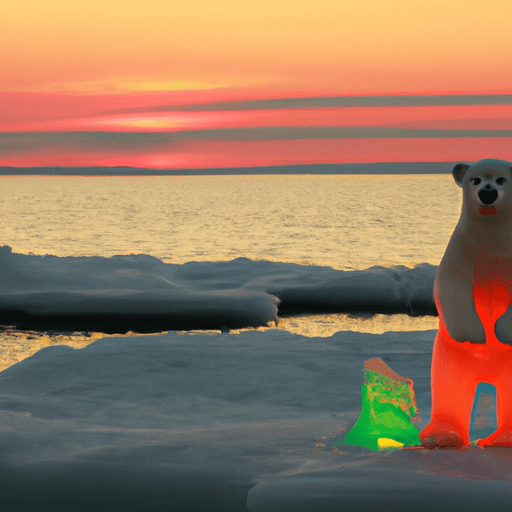Exploring Climate Change and its Impact on Animal Populations
Climate change is impacting animal populations around the world. Rising temperatures, extreme weather events, and habitat loss caused by global warming are all having a significant effect on the survivability of many species. This article will explore the impact of climate change on both terrestrial and aquatic species, as well as the potential consequences of continued global warming. Finally, we will discuss potential actions that can be taken to mitigate the effects of climate change and protect threatened species.
Terrestrial Species
Climate change is having a significant impact on terrestrial species. Rising temperatures and extreme weather events are causing shifts in the distribution of many species. For example, in the United States, the American pika is being forced higher into the mountains due to the warming temperatures. As temperatures continue to rise, these species may be forced to move to areas where they are unable to find food or suitable habitat, leading to a decrease in population size. Additionally, extreme weather events, such as floods and droughts, can have a devastating impact on animal populations. For example, the Australian brush-turkey population has been decimated by recent droughts, leading to a dramatic decrease in population size.
Aquatic Species
Climate change is also having a significant impact on aquatic species. Rising temperatures are causing an increase in ocean temperatures, which can have a devastating effect on marine life. For example, coral reefs are highly sensitive to changes in temperature, and the recent increase in temperature has caused coral bleaching, leading to a decrease in biodiversity. Additionally, the rising temperatures are causing an increase in ocean acidification, which can have serious consequences for many species. For example, shellfish are highly vulnerable to changes in ocean chemistry and have experienced a decrease in population size as a result of ocean acidification.
Consequences of Global Warming
The consequences of continued global warming on animal populations can be devastating. If temperatures continue to rise, many species may be unable to find suitable habitat, leading to a decrease in population size. Additionally, extreme weather events can have a significant effect on animal populations, leading to a decrease in biodiversity. Finally, ocean acidification can cause a decrease in population size for many species, such as shellfish.
Mitigation Strategies
There are several actions that can be taken to mitigate the effects of climate change and protect threatened species. Firstly, individuals can reduce their carbon footprint by using sustainable energy sources, such as solar and wind power. Additionally, governments can implement policies that promote the conservation of natural habitats. Finally, individuals can support organizations that are dedicated to protecting threatened species and their habitats.
Conclusion
Climate change is having a significant impact on animal populations around the world. Rising temperatures, extreme weather events, and habitat loss caused by global warming are all having a significant effect on the survivability of many species. It is essential that individuals and governments take action to mitigate the effects of climate change and protect threatened species. By doing so, we can ensure the future of animal populations and the health of our planet.


















Comments
Leave a Comment